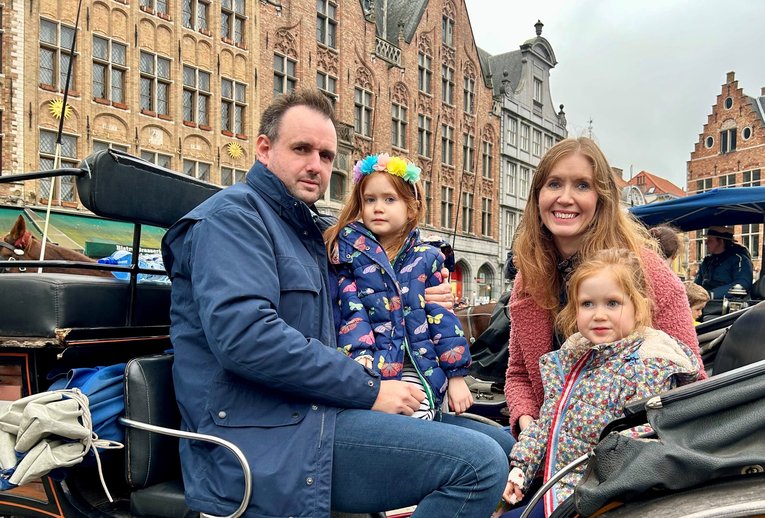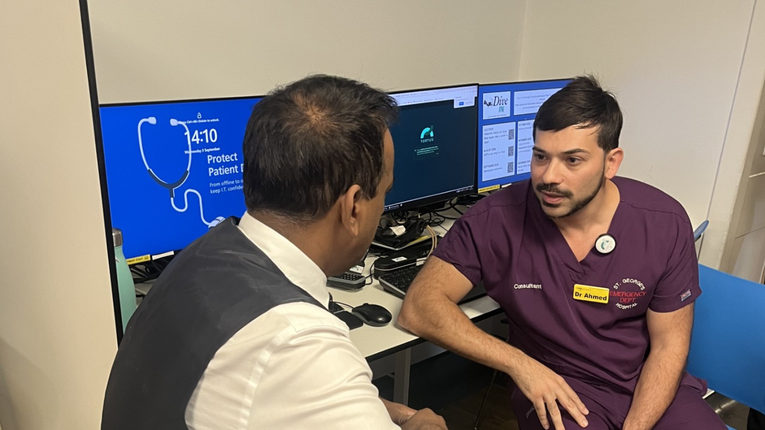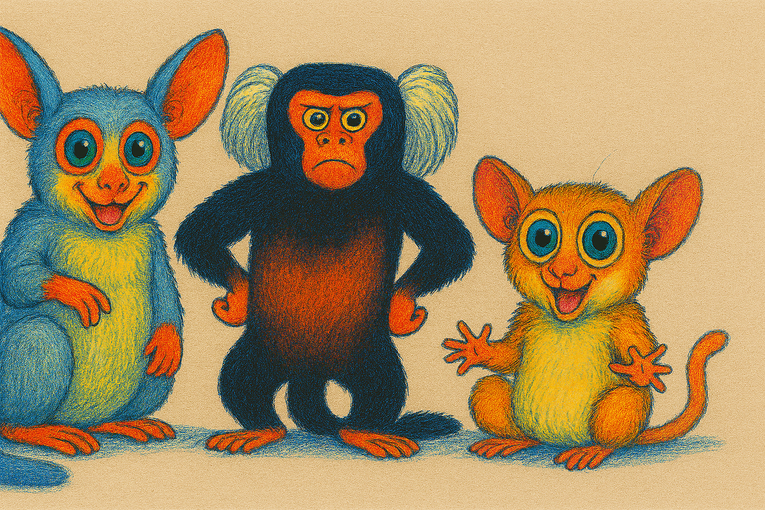
https://www.gosh.nhs.uk/news/helping-parents-find-answers-after-miscarriage/
Helping parents find answers after miscarriage
21 Jun 2021, 11:22 a.m.
A team at GOSH, led by Dr Owen Arthurs, has developed a non-invasive imaging technique for the post-mortem imaging of babies who are miscarried or stillborn. This can provide answers for bereaved parents and help tackle the stigma around pregnancy loss and miscarriage.
Every day in the UK, 14 babies are stillborn or die soon after birth, and many more pregnancies end in miscarriage before 24 weeks. The loss of a baby has a profound impact on families and leaves many parents with questions about why their baby died. To try to find out why this happened, parents are usually offered a post-mortem investigation to provide answers about why the pregnancy ended, and whether it might happen again.
A traditional post-mortem involves making incisions and taking tissue samples for analysis, but parents often tell us that they find the idea of this too traumatic to consider and feel their baby has “been through enough already”.
To address this, the team at GOSH have developed several imaging techniques to achieve the same result without any incisions, called a Non-invasive Imaging Autopsy (NIA). While many are familiar with ultrasound for unborn babies, MRIs and traditional CT scans, these techniques are not useful for imaging the small bodies of young fetuses.
This research instead adapted a technique called micro-CT, that can give high resolution imaging smaller than the thickness of a human hair - 0.001mm- specifically for this purpose.
Over three years, the technique has been developed to take high-resolution images of the whole body in less than 1.5 hours, following a period of preparation. This technique has now been used in over 500 clinical cases at GOSH. The cases studied had no other non-invasive techniques available to them and the parents were unlikely to have agreed to a traditional post-mortem.
By offering this technique, we have increased parental choice at this difficult time, provided answers that simply could not have been offered without an invasive traditional autopsy and allowed parents to make better informed decisions.
Research led from radiology

When we ran focus groups for parents who had experienced a miscarriage, they were amazed by the micro-CT images and felt that they showed the importance of this research
Ian Simcock, NIHR Clinical Doctoral Research Fellow, Clinical-academic Radiographer and lead-author of the published research in Nature Protocols said: "I have been interested in research since the start of my career over 25 years ago and increased my interest and involvement to the post of Deputy Research Superintendent, but I was mainly performing imaging in other people’s studies rather than my own.
"However, four years ago, Dr Owen Arthurs (Research lead in GOSH Radiology) gave me the opportunity to be seconded to his team to get involved in this work, and I was encouraged to apply for research funding through the National Institute for Health Research (NIHR). Although this was a huge step up for me in terms of research application, leadership, technical knowledge, and career development, it was a chance I felt I could not let slip by. Supported with large amounts of encouragement, advice and patience by Dr Owen Arthurs who became my PhD supervisor, Prof Neil Sebire in GOSH Pathology and the ORCHID team I was successfully awarded the NIHR grant and started on the most challenging but rewarding part of my career to date. This award gave me funding for my salary, research costs and bespoke training whilst working towards a PhD qualification.
"It has allowed me to lead on research in an area I feel passionate about, and to expand my skills into areas I never considered before. I feel genuinely excited about my own and other Allied Health Professionals’ (AHPs)/nurses’ future career prospects with the availability of this training, and the ability to develop as a clinical-academic by applying for further post-doctoral funding.
"The challenges throughout the past 4 years have been numerous - from developing study design, methodologies, and investigations, trying to fathom out statistical tests and computer coding, alongside learning to write academic grants and papers. However, for every challenge there have been multiple highs from publishing my first, first-author paper to being invited to join editorial boards of International journals and assess grants for the National Society of Radiographers. These are areas that 4 years ago I would never have imagined having the skills or confidence to do. This has all been possible through the support of my family, Supervisors (Prof Neil Sebire and Dr Owen Arthurs), GOSH Radiology, and the other AHP’s and nurses undertaking PhD studies through the GOSH-ORCHID team.
"I feel very honoured to have been entrusted with this research, but it shows what can be done with a dedicated period of study and the difference AHPs can make to patients’ lives. I am enthused and compelled to assist other professionals to make the step into these exciting and valuable roles that we as AHPs and nurses can make as clinical-academics."

Scientists discover clues to help children with rare muscle disease
New ground-breaking research by experts at Great Ormond Street Hospital (GOSH) and University College London (UCL) has led to an exciting discovery that could help children with the rare muscle disease, juvenile dermatomyositis (JDM).

GOSH-led trial of AI-scribe technology shows ‘transformative’ benefits for patients and clinicians across London
A major GOSH-led study has found that AI-scribing technology can significantly reduce clinician workload while improving patient care

GOSH marks Childhood Cancer Awareness Month
Join us in the Lagoon on 3, 4 and 30 September between 11am and 2pm for a range of activities to mark Childhood Cancer Awareness Month.

What do bush babies, tamarin monkeys, and mouse lemurs have that humans don’t?
GOSH imaging researchers have worked with teams in Harvard in the USA to work out how and when our pelvises developed to be different from other animals.
